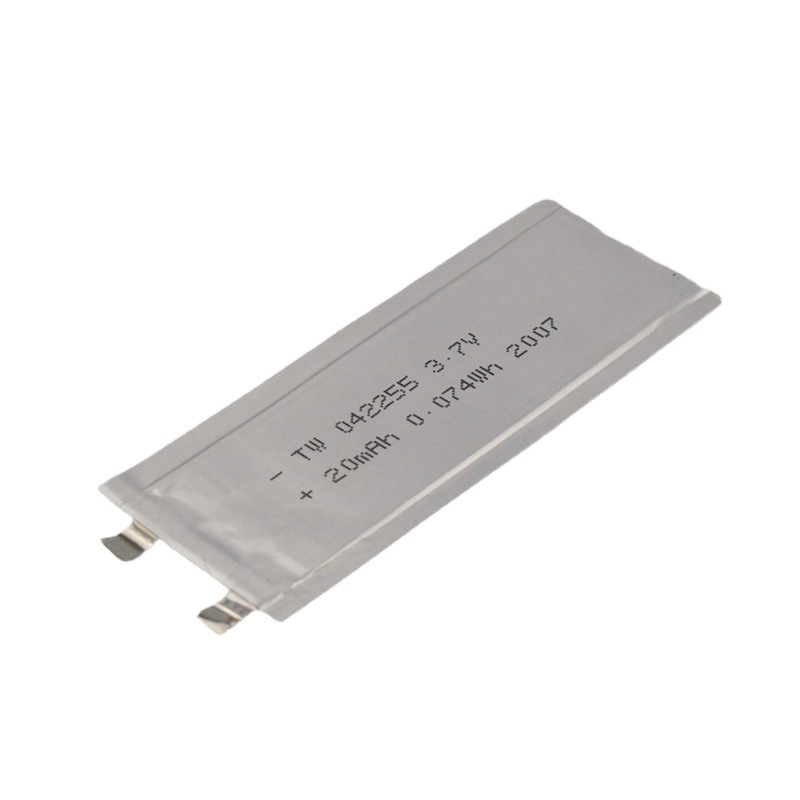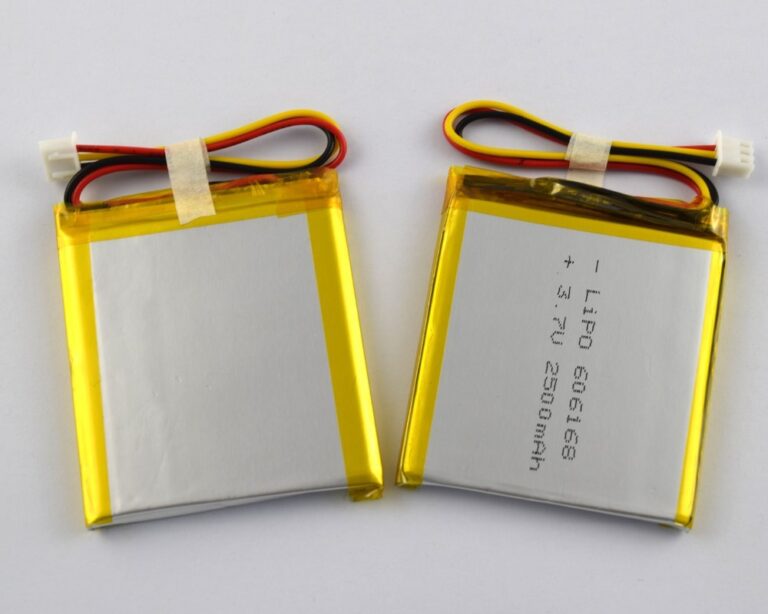Ultra-thin polymer batteries are revolutionizing energy storage with their compact size, flexibility, and high energy density. Ideal for space-constrained devices, these batteries offer thickness ranges from 0.1mm to 2mm, making them integral to modern technologies. Let’s explore their dimensions and real-world applications.
Thickness Breakdown: From Microscopic to Millimeter-Scale
-
Sub-1mm Solutions (0.1mm–0.5mm):
- Achieved through advanced manufacturing, these batteries are paper-thin yet durable.
- Example: 0.3mm coin-shaped cells powering hearing aids and smart cards.
-
Mid-Range Thickness (0.5mm–1.5mm):
- Balances energy capacity with form factor, suitable for flexible devices.
- Example: 1mm curved batteries in foldable smartphones and smartwatches.
-
Slimmer Than Conventional Li-Ion (1.5mm–2mm):
- Thinner than traditional lithium-ion cells while retaining comparable performance.
- Example: 1.8mm prismatic batteries in lightweight laptops and tablets.
Key Applications Shaping Industries
-
Wearable Technology:
- Thickness Requirement: 0.2mm–1mm.
- Powering sleek fitness trackers, AR glasses, and skin-adhesive medical patches.
- Advantage: Flexibility prevents damage from bending or twisting.
-
Flexible Electronics:
- Thickness Requirement: 0.1mm–0.8mm.
- Enabling rollable displays, smart textiles, and curved sensors.
- Example: 0.5mm polymer cells integrated into bendable e-readers.
-
Medical Devices:
- Thickness Requirement: 0.3mm–1.2mm.
- Used in implantable devices like pacemakers and glucose monitors.
- Advantage: Biocompatible materials ensure safety in long-term use.
-
IoT and Smart Packaging:
- Thickness Requirement: 0.1mm–1mm.
- Powering RFID tags, smart labels, and disposable sensors.
- Example: 0.4mm batteries embedded in temperature-sensitive pharmaceutical packaging.
Why Ultra-Thin Polymer Batteries Dominate
- Space Efficiency: Perfect for devices prioritizing size, like wireless earbuds and compact drones.
- Design Freedom: Thin profiles enable ergonomic and minimalist product designs.
- Safety: Polymer electrolytes reduce risks of leakage compared to liquid-based alternatives.
Conclusion
Ultra-thin polymer batteries, with thicknesses spanning 0.1mm to 2mm, are driving innovation across industries. Their adaptability in wearable tech, healthcare, and IoT showcases the future of energy storage—slim, smart, and sustainable.
Keywords: ultra-thin polymer battery thickness, flexible battery applications, slim energy storage solutions, wearable device batteries, polymer cell dimensions.





